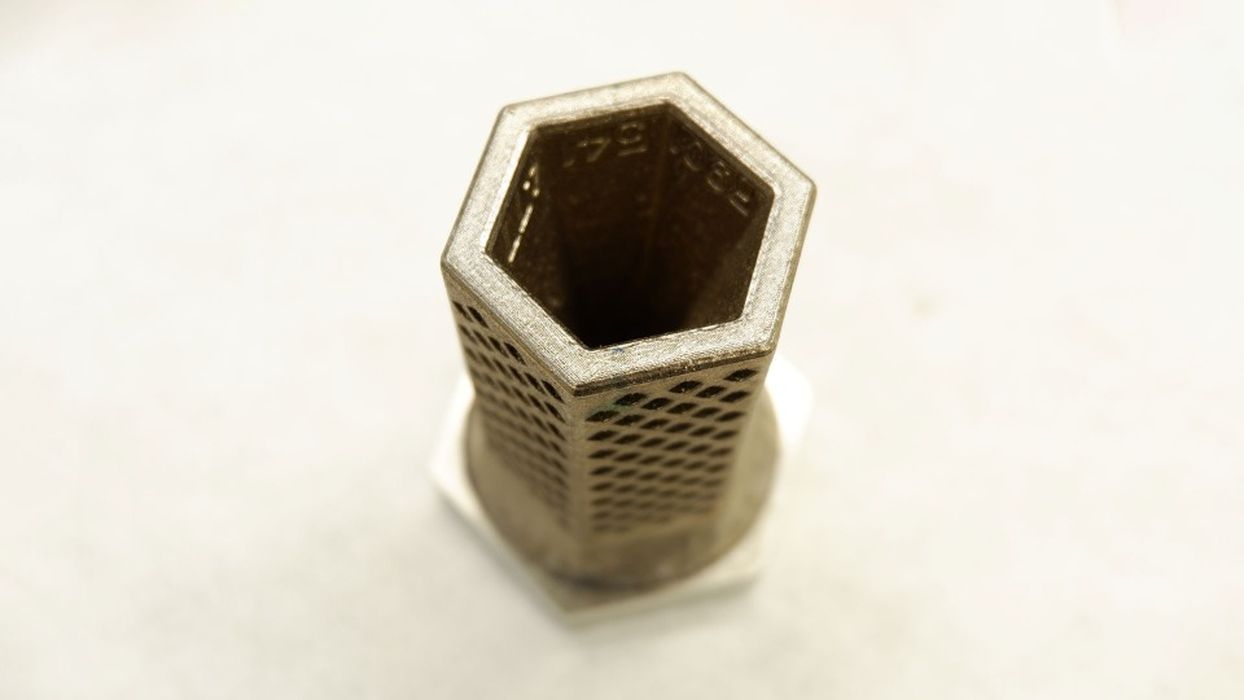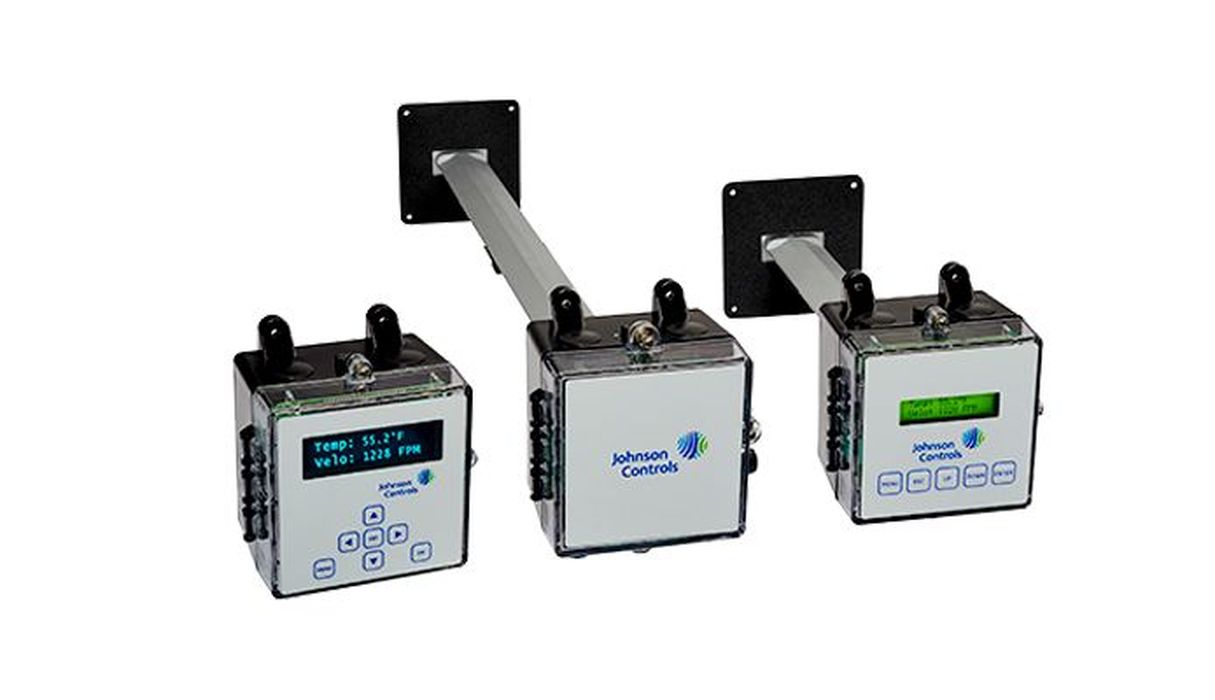
Charles R. Goulding and Preeti Sulibhavi look into Bosch’s acquisition of Johnson Controls’ HVAC business and how it not only strengthens its market position but also sets the stage for revolutionary advancements in the industry through the integration of 3D printing technology.
Milwaukee, Wisconsin was at the center of some interesting events this year. First, the Republican National Presidential Convention took place there. Second, Johnson Controls (JCI) with its long-standing corporate headquarters sold a major HVAC business segment to Bosch of Germany, followed by the resignation of its CEO since 2017, George Oliver.
Bosch’s recent acquisition of Johnson Controls’ global HVAC solutions business marks a significant move in the heating, ventilation, and air conditioning (HVAC) industry. This US$8 billion transaction aims to bolster Bosch’s position in the rapidly growing HVAC market, aligning with the company’s vision of pioneering energy-efficient solutions that combat climate change. While this acquisition expands Bosch’s reach and product portfolio, it also opens new avenues for integrating advanced technologies like 3D printing into the HVAC sector. This article explores how 3D printing can play a pivotal role in this acquisition, particularly in the manufacturing and maintenance of HVAC systems, by facilitating the production of prototypes, components, and replacement parts.
The Strategic Acquisition: Expanding Bosch’s HVAC Footprint
Bosch’s acquisition of Johnson Controls’ HVAC division is more than just a business expansion. It represents a strategic alignment with the growing demand for energy-efficient heating and cooling solutions. With the global HVAC market expected to grow by 40% by 2030, driven by technological advancements and stringent environmental regulations, Bosch is positioning itself to be a key player in this sector. The acquisition includes 16 manufacturing sites and 12 engineering locations across more than 30 countries, bringing a workforce of over 26,000 employees under Bosch’s umbrella.
This transaction also includes Bosch taking full control of the Johnson Controls-Hitachi Air Conditioning (JCH) joint venture, which expands its product offerings and market reach. Bosch will now have access to well-established brands like York, Coleman, and Hitachi, particularly in the U.S. and Asian markets. These brands are known for their innovative HVAC solutions, ranging from ducted systems in the U.S. to variable refrigerant flow (VRF) systems in Asia, which are essential for both residential and commercial applications.
The Integration of 3D Printing in HVAC Manufacturing
The HVAC industry is ripe for innovation, and 3D printing is one of the technologies that can drive this transformation. 3D printing, also known as additive manufacturing, allows for the creation of complex components and prototypes with high precision and minimal waste. In the context of Bosch’s expanded HVAC operations, 3D printing can play a crucial role in several areas:
- Rapid Prototyping: Developing new HVAC systems often requires the creation of prototypes to test designs and functionalities. Traditional manufacturing methods can be time-consuming and expensive, especially for complex parts. 3D printing offers a faster and more cost-effective solution, enabling engineers to produce prototypes quickly, iterate designs, and test them under real-world conditions. This accelerates the product development cycle, allowing Bosch and its new subsidiaries to bring innovative HVAC solutions to market, faster.
- On-Demand Manufacturing: One of the significant advantages of 3D printing is its ability to produce parts on demand. For Bosch, this means the potential to manufacture HVAC components and replacement parts locally, reducing the need for large inventories and cutting down on shipping costs. This capability is particularly valuable for maintaining older HVAC systems, where replacement parts may no longer be in production. By leveraging 3D printing, Bosch can extend the lifespan of these systems, providing customers with reliable and sustainable solutions.
- Customization: HVAC systems often need to be tailored to specific buildings or environments, especially in commercial applications. 3D printing allows for the customization of components to meet these unique requirements without the need for expensive tooling or molds. This flexibility can enhance Bosch’s ability to offer bespoke solutions to its clients, further differentiating its offerings in a competitive market.

Current Use of 3D Printing by Bosch and Johnson Controls
Both Bosch and Johnson Controls have already recognized the potential of 3D printing and have integrated it into various aspects of their operations. Here are three recent examples of how these companies are leveraging 3D printing technology:
- Bosch’s Additive Manufacturing in Automotive Components: Bosch has been at the forefront of using 3D printing in its automotive division. The company has developed several automotive components, such as fuel injectors and sensors, using additive manufacturing. This expertise in 3D printing can be seamlessly transferred to its HVAC operations, particularly in producing complex components like heat exchangers or air filters, where precision and performance are critical.
- Johnson Controls’ Use of 3D Printing for HVAC Prototypes: Johnson Controls has also been utilizing 3D printing technology to develop prototypes for its HVAC systems. For instance, the company has used 3D printing to create scale models of new air conditioning units, allowing engineers to test airflow and thermal performance before committing to full-scale production. This approach has reduced development times and improved the efficiency of their product testing processes.
- Bosch’s Collaboration with Siemens on 3D-Printed Industrial Components: In a recent collaboration with Siemens, Bosch used 3D printing to produce industrial-grade components for their energy and building technology sectors. This partnership led to the creation of customized parts for large-scale HVAC systems used in commercial buildings. The success of this collaboration highlights the potential for further integrating 3D printing into Bosch’s newly acquired HVAC operations, particularly for creating bespoke solutions for large-scale projects.

The Future of 3D Printing in Bosch’s HVAC Business
As Bosch integrates Johnson Controls’ HVAC business into its operations, the potential for 3D printing to enhance manufacturing efficiency and product innovation is significant. Here are a few ways in which 3D printing could shape the future of Bosch’s HVAC division:
- Sustainability: 3D printing reduces material waste compared to traditional manufacturing methods, which aligns with Bosch’s commitment to sustainability. By adopting 3D printing in its HVAC operations, Bosch can minimize the environmental impact of its manufacturing processes, contributing to its broader goals of reducing carbon emissions and promoting energy efficiency.
- Reduced Lead Times: The ability to produce parts and components quickly and locally can significantly reduce lead times for both new installations and maintenance work. This agility can provide Bosch with a competitive edge, particularly in markets where quick turnaround times are essential.
- Innovation in Product Design: 3D printing allows for the creation of complex geometries that would be difficult or impossible to achieve with traditional manufacturing methods. This capability opens up new possibilities for designing more efficient and compact HVAC systems, potentially leading to breakthroughs in energy efficiency and performance.
The Research & Development Tax Credit
The now permanent Research and Development (R&D) Tax Credit is available for companies developing new or improved products, processes and/or software.
3D printing can help boost a company’s R&D Tax Credits. Wages for technical employees creating, testing and revising 3D printed prototypes can be included as a percentage of eligible time spent for the R&D Tax Credit. Similarly, when used as a method of improving a process, time spent integrating 3D printing hardware and software counts as an eligible activity. Lastly, when used for modeling and preproduction, the costs of filaments consumed during the development process may also be recovered.
Whether it is used for creating and testing prototypes or for final production, 3D printing is a great indicator that R&D Credit-eligible activities are taking place. Companies implementing this technology at any point should consider taking advantage of R&D Tax Credits.
Conclusion
Bosch’s acquisition of Johnson Controls’ HVAC business is a strategic move that positions the company at the forefront of the rapidly evolving HVAC market. The integration of 3D printing into Bosch’s manufacturing processes offers numerous benefits, from accelerating product development to enhancing sustainability and customization. As the HVAC industry continues to evolve, the synergy between advanced manufacturing technologies like 3D printing and Bosch’s expanded product portfolio will likely play a crucial role in shaping the future of energy-efficient heating and cooling solutions.
In the coming years, we can expect Bosch to leverage its expertise in 3D printing to innovate and optimize its HVAC systems, delivering cutting-edge solutions that meet the demands of a growing global market while contributing to the fight against climate change. As Bosch continues to invest in 3D printing technology, the HVAC industry could see a new era of efficiency, customization, and sustainability, driven by this powerful combination of innovation and strategic expansion.
